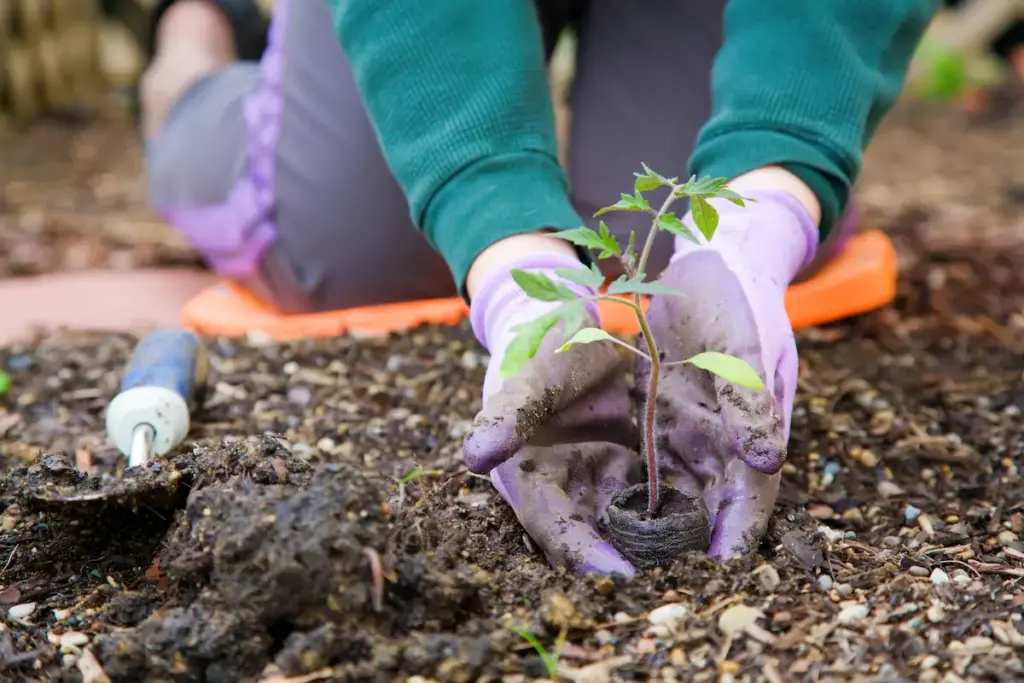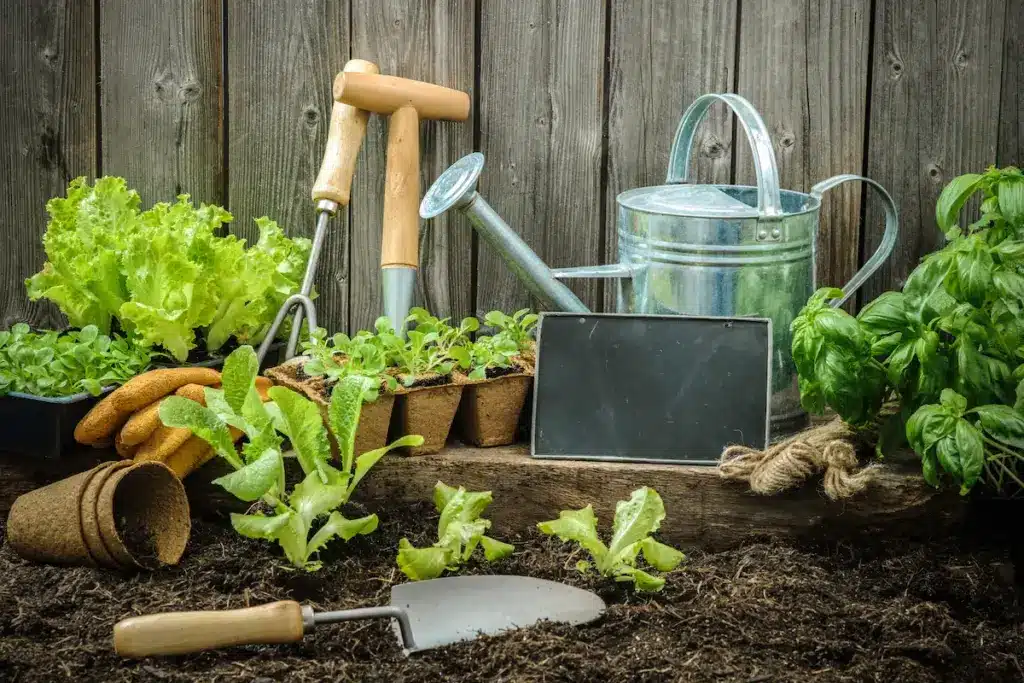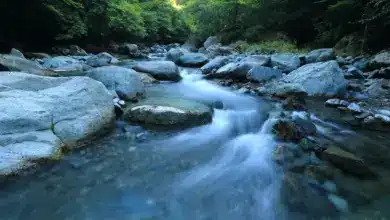Eco-Friendly Gardening
Eco-Friendly Gardening: Tips for Creating Sustainable and Wildlife-Friendly Gardens
Nowadays, sustainable gardening is no longer just a fashionable trend. Now this is a real necessity. Creating a garden that is sustainable and welcoming to wildlife requires more than just knowledge and skills. A conscious approach to interaction with nature is also important. In this matter, you need to pay attention to every detail and strive for the ideal. Creating such a garden is not just about caring for plants. This is work based on a deep understanding of natural processes. Every step towards sustainability in your garden helps improve the environment. This makes our planet healthier and more harmonious.

Understanding The Garden Ecosystem
Understanding your garden’s ecosystem is crucial for eco-friendly gardening. Just like a student preparing to write essays, gardeners must closely study their garden’s flora and fauna. It’s essential to know which creatures live there and how they interact within their environment. Similar to a student researching a find problem solution essay example for college, a gardener needs to identify what factors influence the balance of his garden and how that balance can be improved. Starting with careful observation and analysis, every part of the ecosystem is evaluated for its role. Gardeners look into which plants feed specific animals and the conditions needed for their prosperity. This thorough examination helps spot problems and find solutions, boosting the garden’s sustainability and diversity.
Thus, understanding and managing a garden ecosystem requires careful planning and research, similar to how students approach writing essays. Every decision a gardener makes should be based on a thorough knowledge of his or her garden in order to create a positive environment for all its inhabitants.
Using Native Plants
Choosing native plants for your garden is like choosing a topic for a research paper. This is an important step that requires knowledge and understanding. Native plants fit perfectly with your area’s climate and soil, keeping the ecosystem balanced. Similar to how teacher comments for students’ writing highlight the importance of tailoring content to a topic in academic work, gardeners should also adapt by choosing local species for their gardens.

Benefits of using native plants include:
- Better adaptation to climate.
- Less need for water and fertilizers.
- Support native insect and bird species.
- Promoting ecosystem health.
These plants create a favorable environment for local fauna, providing them with food and shelter. Using native species also reduces the risk of invasive species that can upset the ecological balance. Selecting native plants is like designing a research plan: it requires attention to detail and a commitment to harmony with the environment. This approach not only enriches your garden, but also helps preserve local biodiversity, making your contribution to a sustainable future.
Creating Refuges For Wildlife
Your garden can become a haven for wildlife with the right management, just as a student strives to achieve excellent grading college papers by following certain rules. Creating habitats using shrubs, pollinating insects, and small ponds can attract and maintain a diverse garden of animals.
Research shows that introducing native plants increases biodiversity by 50%, making the garden a living haven of nature. Additional elements, such as piles of leaves or wood debris, can increase the presence of beneficial insects and small mammals by 30%.
Here’s a quick table illustrating the effect of the various elements of the shelter:
| Shelter element | Percentage increase in biodiversity |
| Native plants | 50% |
| Pollinating insects | 25% |
| Shallow bodies of water | 20% |
| Heaps of leaves/wood waste | 30% |
By adding these elements to your garden, you are not only enriching the local ecosystem, but also helping to conserve wildlife. This action is comparable to a spell for good grades for students, which brings positive changes and good results such as variety and balance in your garden.

Natural Fertilizer and Pest Control
Using chemical fertilizers and pesticides in the garden is akin to plagiarizing student papers—a short-term solution that causes long-term damage. Instead, gardeners, like students who sign a student contract for grades and to adhere to academic integrity, must practice natural methods of soil improvement and pest control.
Natural ways include:
- Composting boosts soil quality, making it richer and more fertile.
- Using beneficial insects such as ladybugs to control pests.
- Mulching – retains moisture and prevents weed growth.
- Crop rotation – prevents soil depletion and reduces plant disease.
These methods resemble an academic approach to achieving goals without disruption. They also maintain the health and sustainability of the garden. Gardeners should strive for sustainable practices. They should protect the environment and support biodiversity.
Conclusion
Building a sustainable garden needs patience, hard work, and ongoing learning. It’s like a student crafting a research paper; gardeners must always seek new methods to enhance their garden’s sustainability and friendliness to wildlife. Each effort towards eco-friendly gardening boosts our planet’s health and enriches our lives, bringing us closer to nature’s harmony.


